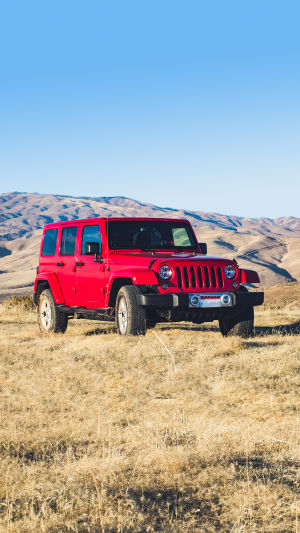An off-road vehicle is a kind of car specially designed for off-road, mainly refers to off-road vehicles that can be used on rough ground.
The main features of off-road vehicles are non-load bearing bodies, four-wheel drive, higher chassis, better grip tires, higher exhaust, larger horsepower, and thicker and stronger bumpers.
Off-road vehicles can not only adapt to various road conditions in the wild but also give people a rugged and heroic feeling in the city.
Most off-road vehicles have a certain ability to drive off-road.
In other words, these cars can drive on poor-quality roads.
There are three brethren of off-road cars, with different load capacities.
The load capacity is large, called heavy off-road vehicles.
Load capacity is small, called light off-road vehicles.
And resides between light and heavy, called medium-sized off-road vehicles.
All-drive, in order to a wheel into the mud after slipping, the other wheels can still drive the car out of trouble, otherwise, we have to wait for the tow truck.
Off-road vehicles have a great role in mining, mining vehicles are more all-wheel drive.
Three axles without front drive more, the weight is also a problem, pulling tens of tons of hundreds of tons of ore, two-axle design has difficulties.
Many owners of off-road vehicles are keen to change their cars to large size tires, then for those who are not yet in the pit, do not understand the pros and cons of this.
Today, we'll talk to you about whether the bigger the tire the better, and what are the advantages and disadvantages of changing to larger tires?
First of all, let's talk about the advantages, the most intuitive feeling after changing the big tires is that the car has become handsome so that the whole car looks wilder.
This is also one of the main reasons why many car owners change to larger tires.
Of course, in addition to looking good, generally speaking, replace the size of the larger tires.
The grounding area will also be enhanced, which can increase friction so that the vehicle is not easy to slip when off-road.
In addition, a larger tire grounding area can also effectively prevent trapping, allowing you to play in the sand or mud more comfortably.
With no increase in wheel size, changing to larger tires means thicker walls, so the tires are more resistant to impact.
Also, thicker walls allow the vehicle to keep a lower tire pressure when deflating.
After replacing the big tires through the obstacles stronger, you can refer to the American Bigfoot.
The larger the tires, means the gap between the obstacles is smaller, as long as your power or torque is strong enough, then through the obstacles more easily.
In addition, off-road vehicles with larger tires will lead to increased fuel consumption, more power loss, and more weight after the tires become larger.
So the tires have to overcome more resistance when they rotate and the engine has to work harder.
It is like running with a 20kg load on your back, as opposed to running without restraints, which obviously consumes more energy and therefore more fuel, while the power loss is also very obvious.
If it is a diesel car, the acceleration itself is not as good as a gasoline car, and after changing the big tires, it will be more difficult to overtake at high speed.
So if you don't want to increase the fuel consumption too much or reduce the power loss, it is not recommended to change the tires too big.





